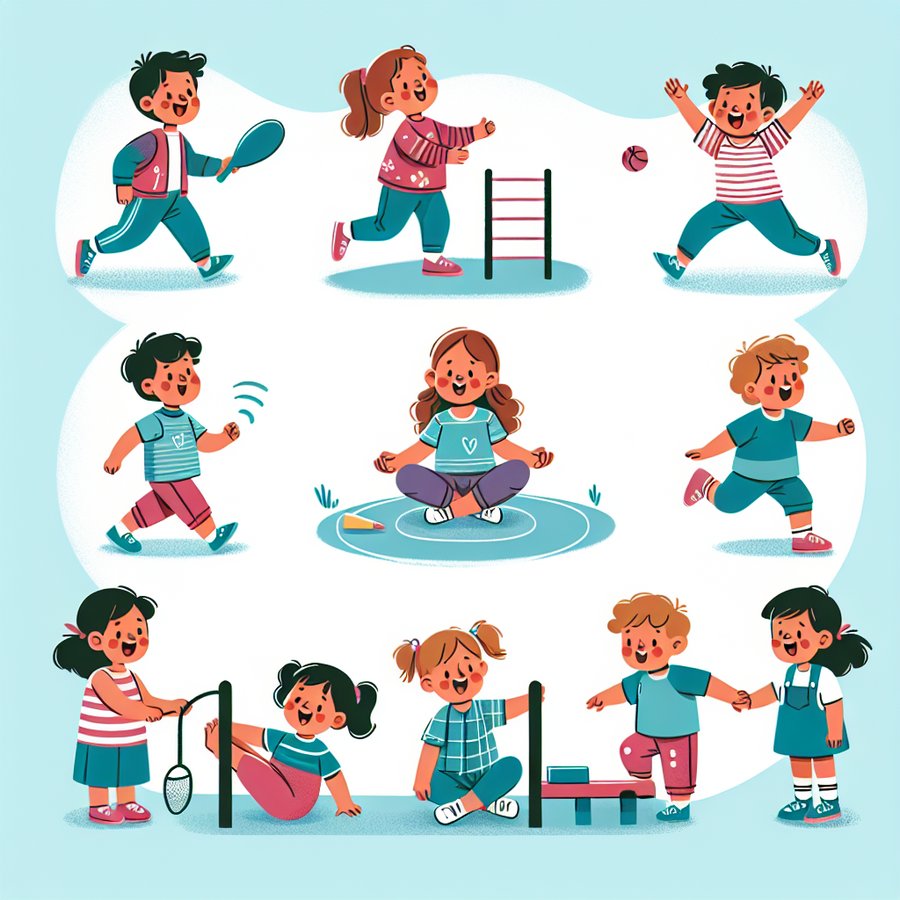Understanding the physical activity guidelines for toddlers is pivotal for parents and caregivers eager to promote healthy growth and developmental milestones. It’s not just about letting them run around; it’s about structured, intentional movement that supports their rapid development. With obesity rates climbing and digital devices becoming more prevalent, ensuring our little ones lead active lifestyles is more important than ever.
The Importance of Physical Activity for Toddlers
Active play is essential not just for physical well-being but also for cognitive, emotional, and social development. The American Academy of Pediatrics suggests that toddlers should engage in at least 60 minutes of active play each day. This doesn’t have to happen all at once but can be spread throughout the day in short bursts of energy.
Physical activity helps toddlers develop gross motor skills, improves cardiovascular health, and supports healthy weight management. Beyond physical benefits, engaging in play and physical activities enhances cognitive abilities, fosters social skills, and contributes to a happier, more well-adjusted child.
Physical Activity Guidelines for Toddlers
According to experts, toddlers need a minimum of 60 to 90 minutes of physical activity every day. This includes both structured activities, led by an adult, and unstructured play, where toddlers explore and play freely. Important activities include walking, running, jumping, and playing games that encourage moving the whole body.
For insightful tips on promoting these activities, visit Understanding and Promoting Gross Motor Skill Development in Toddlers. Remember, every child is unique, and their level of activity will vary. It’s crucial to observe and support your toddler’s interests and abilities.
Engaging Physical Activities for Toddlers
Creating an environment that encourages physical activity is key. This can be anything from outdoor play in a safe area to indoor activities that get them moving. Simple activities like building obstacle courses, playing catch, or even dancing to their favorite songs can make exercise fun and engaging.
Incorporating physical activity into daily routines is also effective. For example, walking to the park, helping with simple household chores, or even interactive games that require physical movement can be beneficial. Explore more activity ideas at Role of Outdoor Play in Physical and Cognitive Development.
Physical activity is not only vital for a toddler’s health and development but also sets the foundation for a healthy, active lifestyle as they grow. By understanding and implementing the physical activity guidelines for toddlers, caregivers can ensure that children are getting the physical activity they need during these crucial early years.
For more information on toddler development and activities, consider exploring How Physical Activity Influences Cognitive Development or Activities to Promote Empathy and Social Understanding in Toddlers for comprehensive insights and strategies.
Ensuring your toddler meets these guidelines doesn’t have to be a chore. With a little creativity and commitment, you can make physical activity a fun and integral part of their daily life, benefitting their health and development for years to come.
Centers for Disease Control and Prevention offers additional resources and information on the benefits of physical activity for children and recommendations on how to incorporate it into their daily lives.













